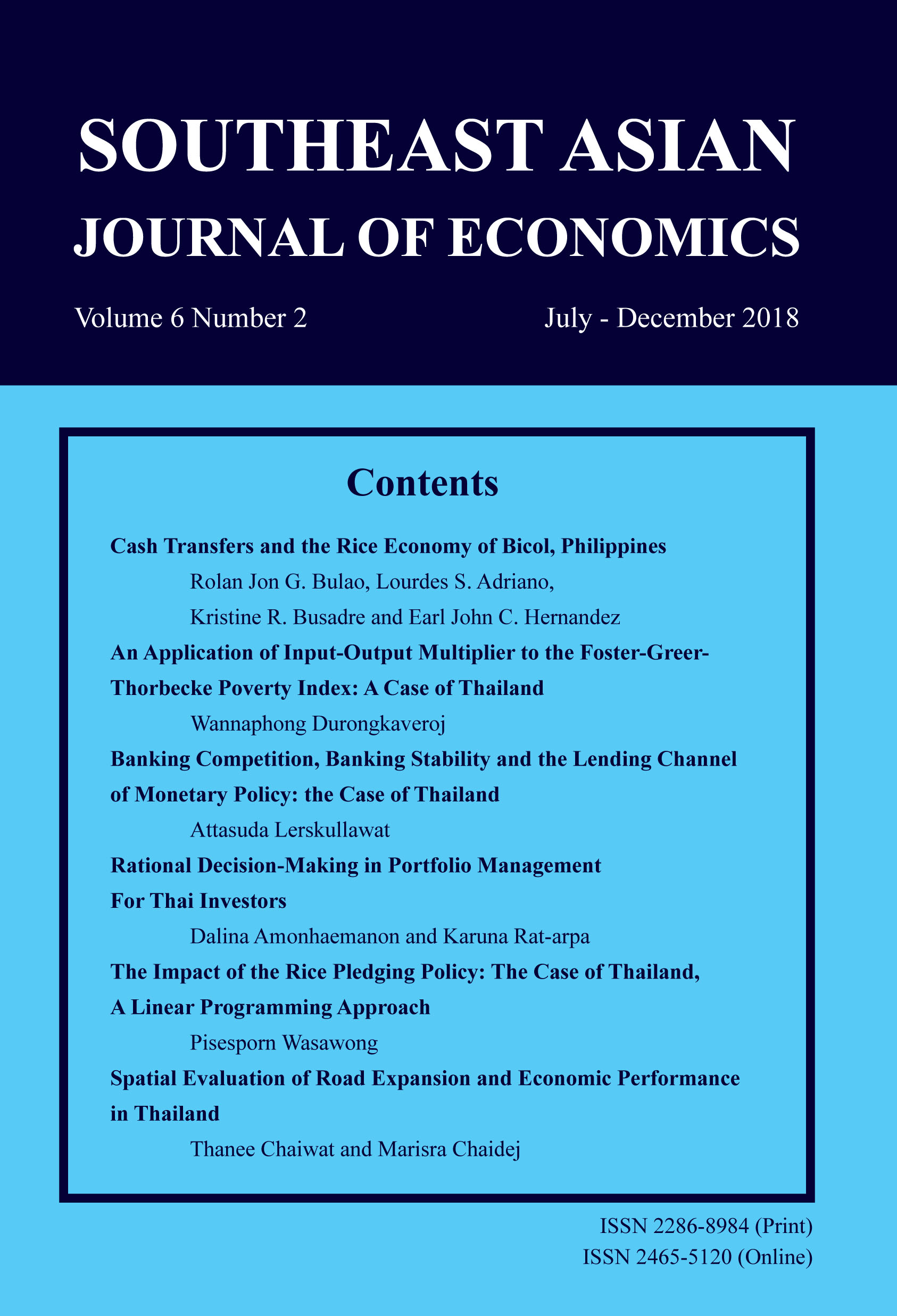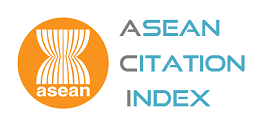Technical and Scale Efficiency of Traditional Medicine Hospitals and General Hospitals in Inner Mongolia, China
Keywords:
Technical Efficiency, Scale Efficiency, General Hospital, Traditional Medicine Hospital, Data Envelopment Analysis, ChinaAbstract
The purpose of this study was to measure the technical and scale efficiency of 128 general hospitals and 69 traditional medicine hospitals, estimating the possible factors influencing the efficiency of both general hospitals and traditional hospitals in Inner Mongolia Region, China. In the first part, Input-orientation Data Envelopment Analysis (DEA) was employed to compute TE and SE of both general hospitals and traditional medicine hospitals. In the second part, ordinary least square (OLS) was used to determine the factors that affect the efficiency. The DEA analysis showed 86.7% of general hospitals and 66.7% of traditional medicine hospitals were run inefficiently in 2011. In both types of hospital, the average variable return to scale (VRS) and technical efficiency scores were about 50% and 60%, respectively. The pattern in most general and traditional medicine hospitals for scale inefficiency was increasing returns to scale. The results of OLS revealed that other personal-physician ratio had a positive relationship with both types of hospital technical efficiency, bed physician ratio; number of doctors squared had a positive relationship with the general hospital technical efficiency score, nurse physician ratio had a negative relationship with the general hospital technical efficiency score. However, all of the above three variables were insignificant for the traditional medicine hospital technical efficiency scores. Bed occupancy and geographic location were insignificant for the two types of hospitals’ technical efficiency. For scale efficiency scores, if outpatient visits-physician ratio increase, both types of hospital scale efficiencies were influenced positively. Number of beds was found to be negatively significant. Average of bed days had a negative relationship with efficiency and was significant for the general hospital scale efficiency, but insignificant for the traditional medicine hospital. Traditional medicine hospitals in other regions were less scale efficient than in the city area.
Downloads
How to Cite
Issue
Section
License
The submission of a manuscript implies that the paper is an original work and has not been published elsewhere. The author(s) authorize the journal to reproduce or distribute the paper in printed or other electronic forms.







